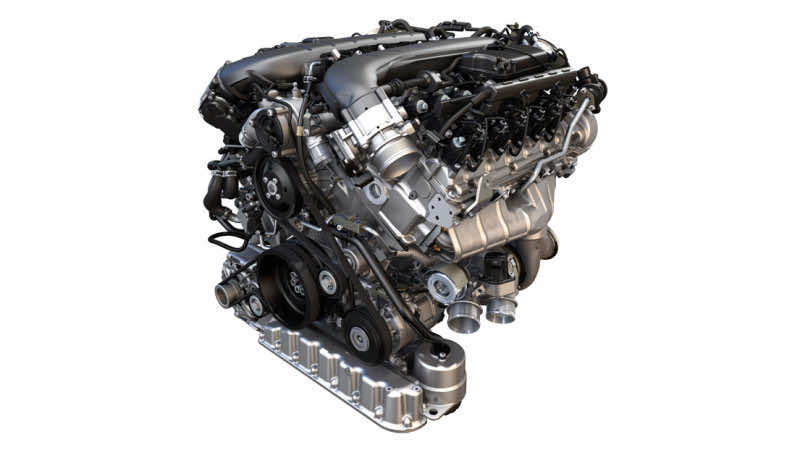In the face of ever demanding emission legislation from the governments and regulatory authorities, auto companies are looking for innovative ways to reduce emissions and increase fuel efficiency.In its personal quest, Audi has come up with a new four-cylinder TFSI engine that will make the Audi’s engine the most efficient in the 2.0-litre class.
The combustion method bein introduced is similar to that of Miller’s cycle. Thus allowing the engine to operate at 190 horsepower and provide an impressive mileage of 20Km/Litre under the rigorous testing conditions of the New European Driving Cycle (NEDC). It provides 320 Newtons per meter of Torque at 1450 Rpm. It will allow the A4 to fill gaps in traffic immediately from low speed.
The intake time of the engine has been cut down by Audi due to the crank angle being reduced from 200 degrees to 140 degrees. One expects that the lower intake time will result in weak cylindrical charges, but the enhanced pressure at the inlet makes sure that the right pressure develops inside the engine. All of this results in a higher compression ratio. Due to the better intake cycle, the car behaves like a downsized version while in idle condition and low speed, while the performance mark rises as speed is increased. This results in fewer energy losses and exceptional performance throughout the speed range.

Although Audi is not known for reducing friction unlike Mercedes, the German Luxury giant has worked on a nano side coating inside the engine. This anti-frictional capability will result in a much more smooth ride and better overall experience. The engine is quite light at 140 Kg and it helps increase the overall efficiency of the car.
The engine made a debut at the Vienna Motor Symposium and it will be inducted into the new A4 fleet by the year’s end. Afterwards, the new technology will be used in other models.



